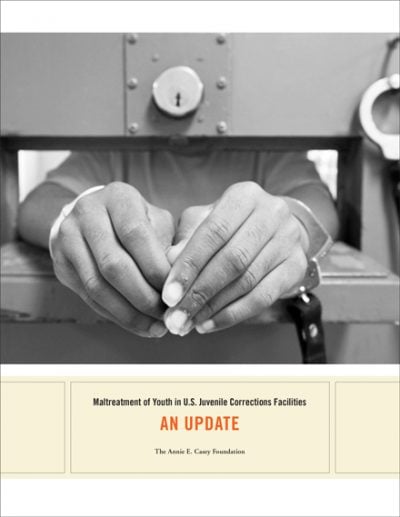The More You Look...
If researchers extend their inquiry back to 1970, they find systemic mistreatment of confined youth in 43 states plus the District of Columbia and Puerto Rico.

This report, released as a follow-up to No Place for Kids, introduces new evidence on the widespread maltreatment of youth in state-funded juvenile corrections facilities. It tells of high rates of sexual victimization, the heavy-handed use of disciplinary isolation and a growing roster of states where confined youth have been subject to widespread abuse. The four-year update is in — and the news on violence in juvenile detention centers is not good.
No Place for Kids, released in 2011, identified systemic or recurring violence in juvenile detention centers in 22 states and the District of Columbia since 2000. Four years later, seven new states have joined this ignoble list. Pervasive problems with physical abuse and excessive use of force by facility staff; sexual abuse; overreliance on isolation and restraints; youth-on-youth violence; and violence against staff have shown no sign of abating. Rather, a flood of new maltreatment revelations have emerged in juvenile corrections facilities across the nation.
This troubling evidence shows that large, conventional juvenile corrections facilities — or plainly stated, youth prisons — are inherently prone to abuse. Given the pervasiveness of problems with juvenile detention centers in all regions of the country, it seems difficult to argue that confinement in these kinds of institutions offers a safe approach for rehabilitating youth.
We hope you'll find value in this report. We’d love to get a little information from you, which we'll use to notify you about relevant new resources.